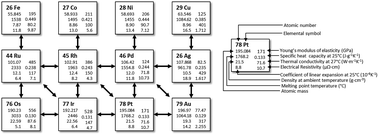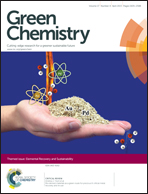Limitations to elemental substitution as exemplified by the platinum-group metals†
Abstract
Substitution is often touted as a potential solution to concerns regarding material supply restrictions, yet the degree to which substitution can abate these concerns has not been fully explored. This article examines the issue of elemental substitution by identifying potential substitutes for the platinum-group metals (PGMs) and highlighting factors that may limit substitution in each of their major commercial applications. The findings suggest that substitution is often not possible or is impractical due to various technical and economic reasons. When suitable substitutes are available they are often other PGMs or elements in close proximity to the PGMs on the periodic table, namely Ni, Co, and Au. In several cases, however, substitution has already occurred and further substitution may not be possible. Furthermore, the co-production of PGMs and their most promising potential substitutes from the same mineral deposits limits their ability to substitute for one another in the event of a supply disruption. The combination of these factors suggests that PGM substitution potential for current high-volume applications is limited and that further efforts are needed to develop new technologies that avoid the use of PGMs in order to significantly decrease our reliance on them in the future.

- This article is part of the themed collection: Elemental Recovery and Sustainability

 Please wait while we load your content...
Please wait while we load your content...